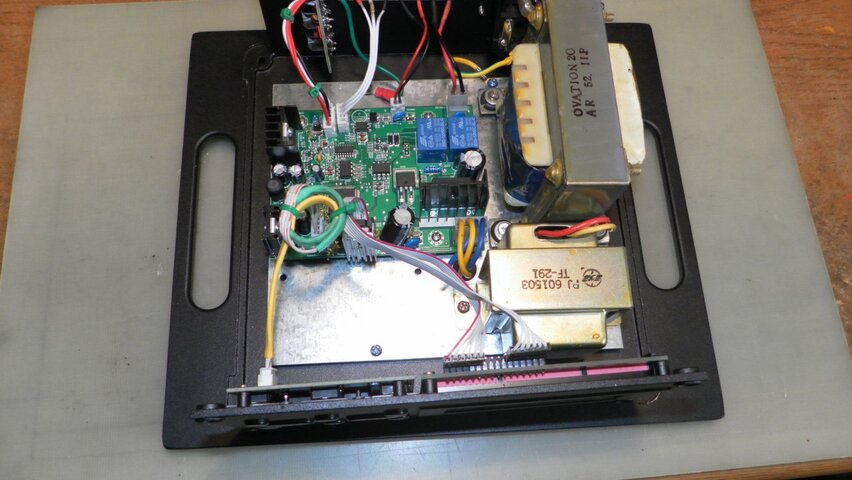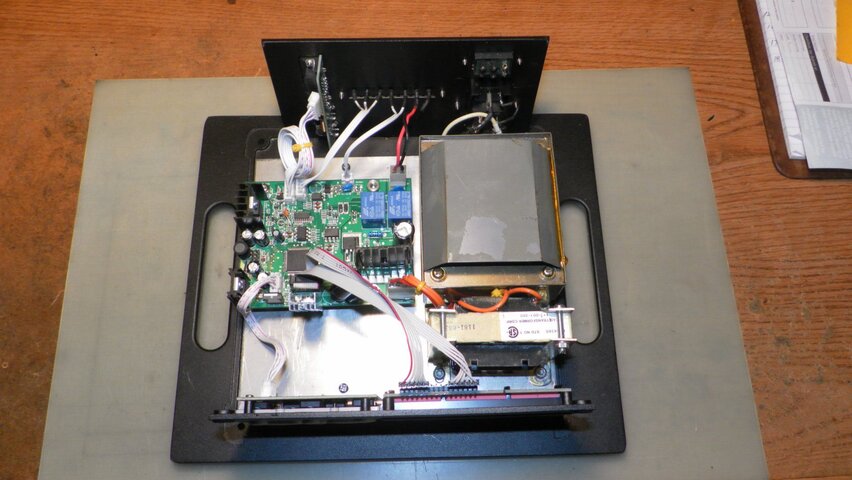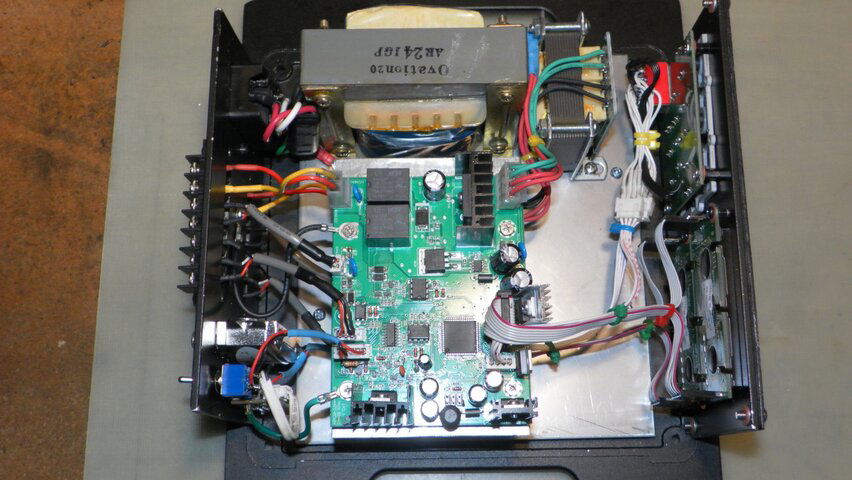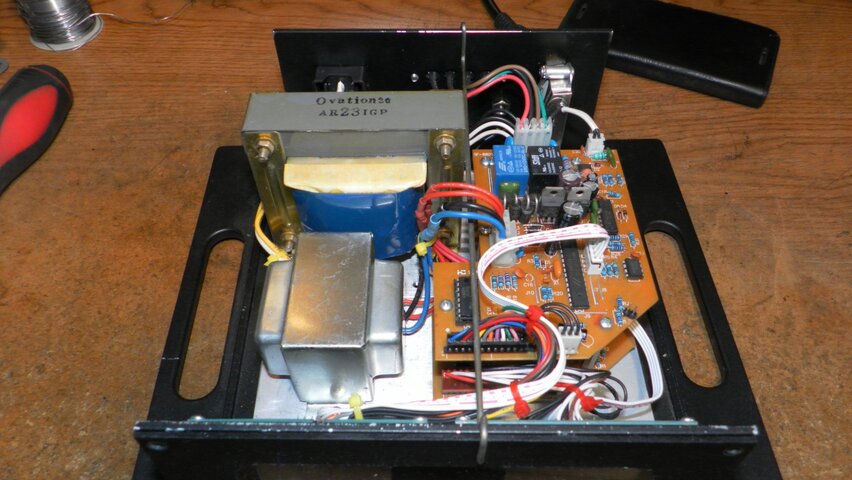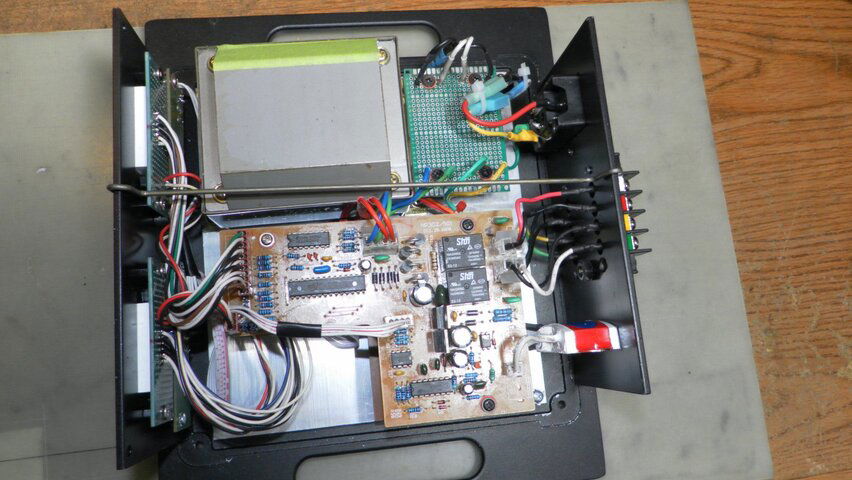In an industrial environment where they are designed to be out of the weather, perhaps.
Saginaw, name your actuator...ball screw...acme...they all need greased.
Since you're not doing anything at all to remedy the problem short of tossing the whole schlamiel out in the dumpster, try the zerk and pump some fresh grease in it. You may even be a little surprised to see how much rust and crap pumps out.
For the motor. What you clearly recorded is gear noise in the motor. Don't want to, or lack the skills to do it. Get yourself a can of white lithium grease with the straw and ease the straw in the gear cavity and spray it in while someone inside punches the E-W button.
Now. Again. Spend a couple hundred every few years on a new actuator. I really don't care.
That's what people did back in the heyday of C Band. And installers loved it. I know. I have a pile of old actuators here that just needed cleaned out and lubed.
Do it, don't do it. For the want of a 39 cent grease fitting and a buck two-ninety-eight can of white lube.
Like I mentioned before. The first -30 winter where my dish actually moved without motor errors on my ASC-1.
Ok, like the cute biker chicks shirt said.
"It won't lick itself".
So how do I install a zerk? Drill a hole and then the zerk just snaps into the hole? Or does the actuator have to be disassembled.


